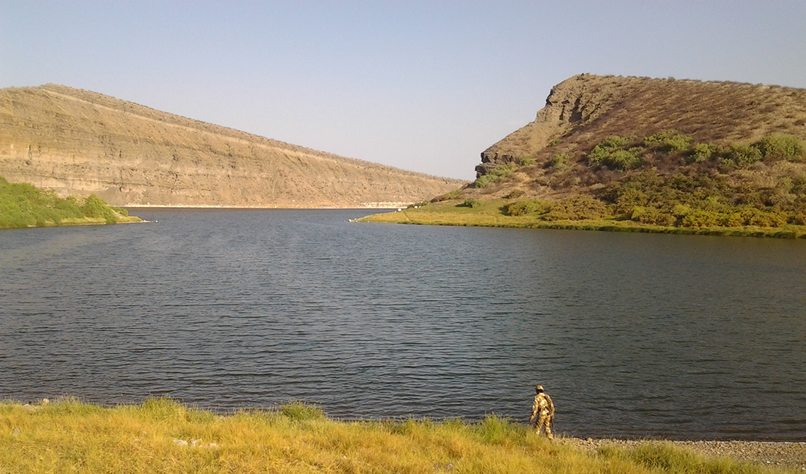Kenya’s 7 UNESCO World Heritage Sites
What does it mean to belong to the UNESCO World Heritage Sites?
Culture and biodiversity preservation come at the cost of acknowledging that most of a country`s natural resources may fade into the sea of forgetfulness if no efforts are made to preserve them. As such, United Nations Educational, Scientific, and Cultural Organizations come in handy in a bid to collect evidence of natural or cultural
or both heritage existence. These sites undergo a rigorous criterion process of ratification through a designated council represented by many nations.
Kenya boasts of 7 UNESCO world heritage sites only second after South Africa which has 10 in Africa as a content.
When UNESCO recognizes a site as a World Heritage Site, it brings international attention and prestige to that particular site. This recognition contributes to the
preservation of Kenya’s cultural and natural heritage in several ways:
- Conservation efforts: UNESCO’s recognition often comes with certain obligations to protect and preserve the site. This can lead to increased conservation efforts, including the allocation of funds and resources to maintain and safeguard these sites.
- Awareness and education: Including sites in the World Heritage List raises awareness about their significance, both locally and globally. By educating the public about these sites’ cultural and natural values, more people become involved in preserving and appreciating Kenya’s heritage.
- Tourism promotion: World Heritage Sites often attract tourists from around the world. This can lead to economic benefits for local communities, incentivizing them to protect the sites and invest in sustainable tourism practices. Revenue generated from tourism can be used for site management and conservation activities.
- International cooperation: UNESCO’s recognition fosters international collaboration in heritage preservation. It encourages knowledge exchange, technical assistance, and capacity-building programs, allowing Kenya to benefit from the expertise and experiences of other countries in safeguarding their own cultural and natural heritage.
Overall, being recognized as a UNESCO World Heritage Site helps to raise awareness, promote conservation efforts, boost tourism, and encourage international cooperation in preserving Kenya’s cultural and natural heritage for future generations.
They are as follows:
- Mt Kenya National Park
- Lamu Old Town
- Lake Turkana National Parks including Sibiloi, Central Island, and South Island National Parks.
- Fort Jesus architectural site in Mombasa
- The Sacred Miji Kenda Kaya Forests
- Thimlich Ohinga archeological site
- The Kenya Lake System in the Great Rift Valley
- Lewa Wildlife Conservancy (Recently conveyed)
The National Museums of Kenya’s (NMK) role in the management of the UNESCO Heritage sites
NMK undertakes a rigorous research process to gather information on any of the properties under its management before displaying them to the public. The Museums and Heritage Act (2006), states the qualities these properties should possess in accordance with the UNESCO convention(s) guidelines.
The Museum, through its numerous researchers, gathers information from the community of people local to where the property is situated, to get their perspectives and beliefs. Once this information has been deemed pertinent, it goes through a process of refinement before finally being put up as a gazette notice to allow for public opinion/discourse. Afterward, the Museum takes over the day-to-day management of the site.
This information is credible and adds value to any domestic and international tourist alike particularly if your area of of interest is heritage and cultural tours.
Speak to us for a customized visit to any of the Kenyan UNESCO sites. We love to be your agent of information and direction to these generational sites.
Sources: https://artsandculture.google.com/

